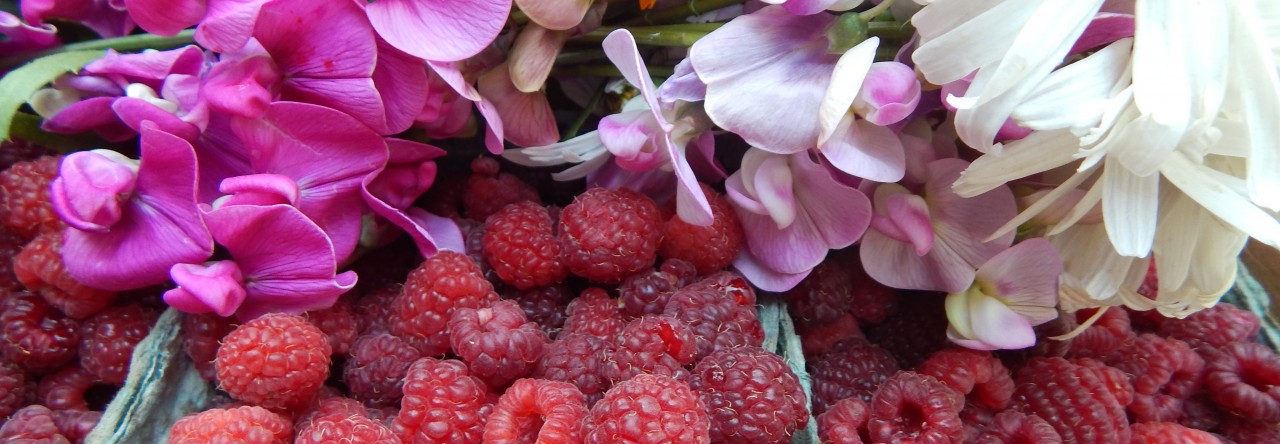These first few weeks of the year have been busy at Twice as Tasty. The first monthly newsletter just hit the inboxes of email subscribers. If you’re following this blog via email, you should have received a copy. But if you’re following via WordPress, you’ll need to sign up here. Once you do, you’ll still receive post notifications via WordPress, but you’ll also get an email once a month with a link to a downloadable and printable PDF version of the latest recipes so that they’re easy to use in your kitchen.
If you’re local, there’s still plenty of time to sign up for a sourdough or other winter workshop. I’ll also be giving a free public sourdough workshop at Free the Seeds next month. For nonlocals, keep your eye out for Twice as Tasty on Pinterest starting later this month—including links to fabulous winter creations that can be made in any kitchen.
Read more about winter creations
